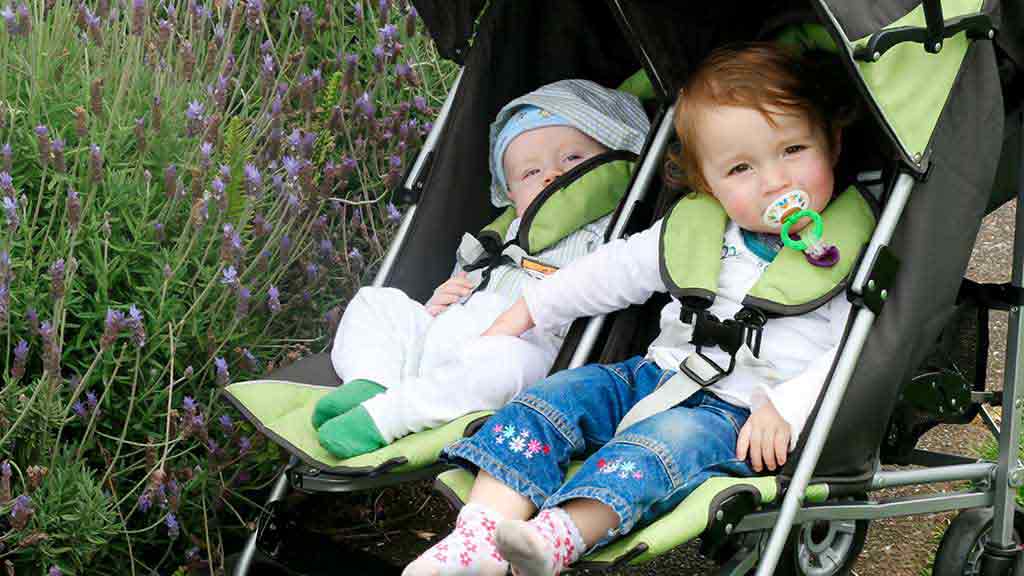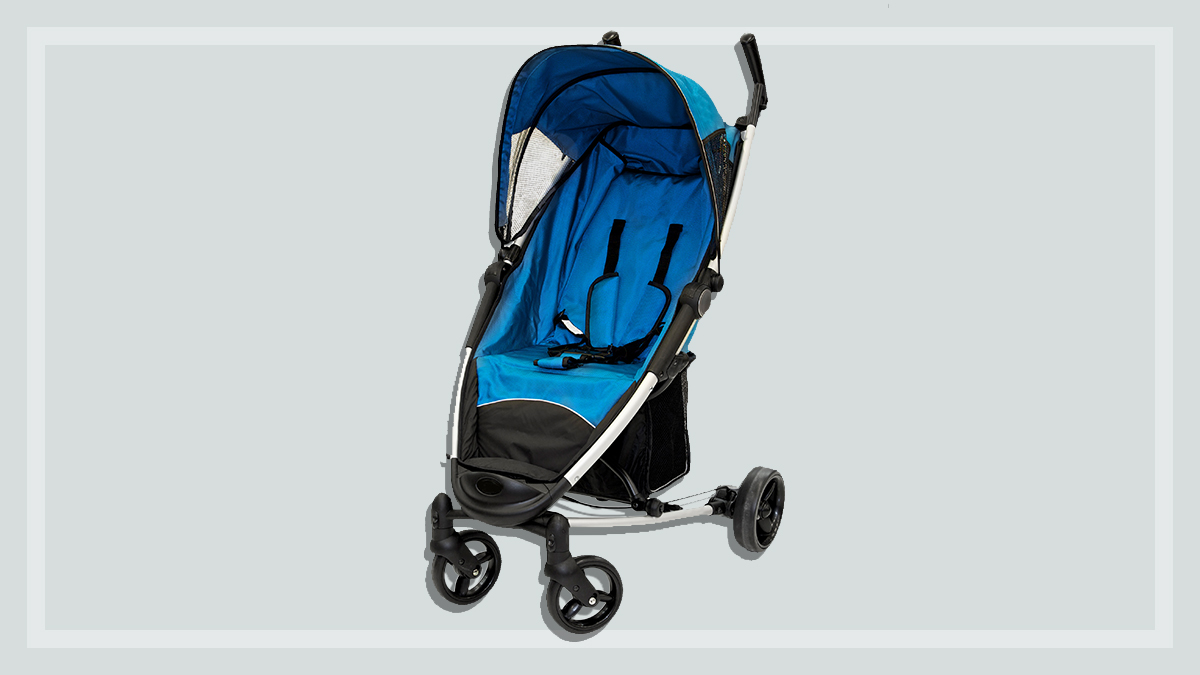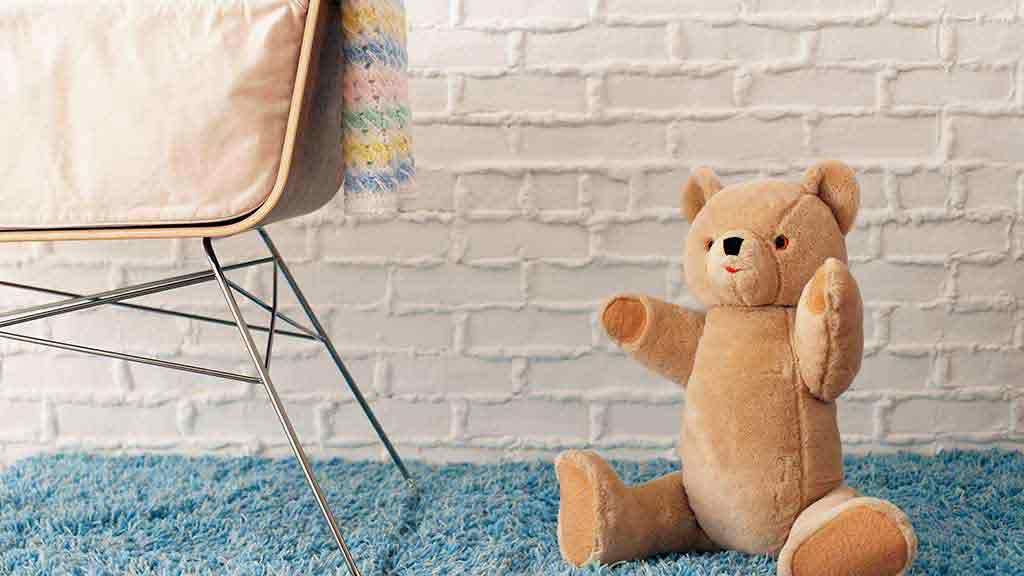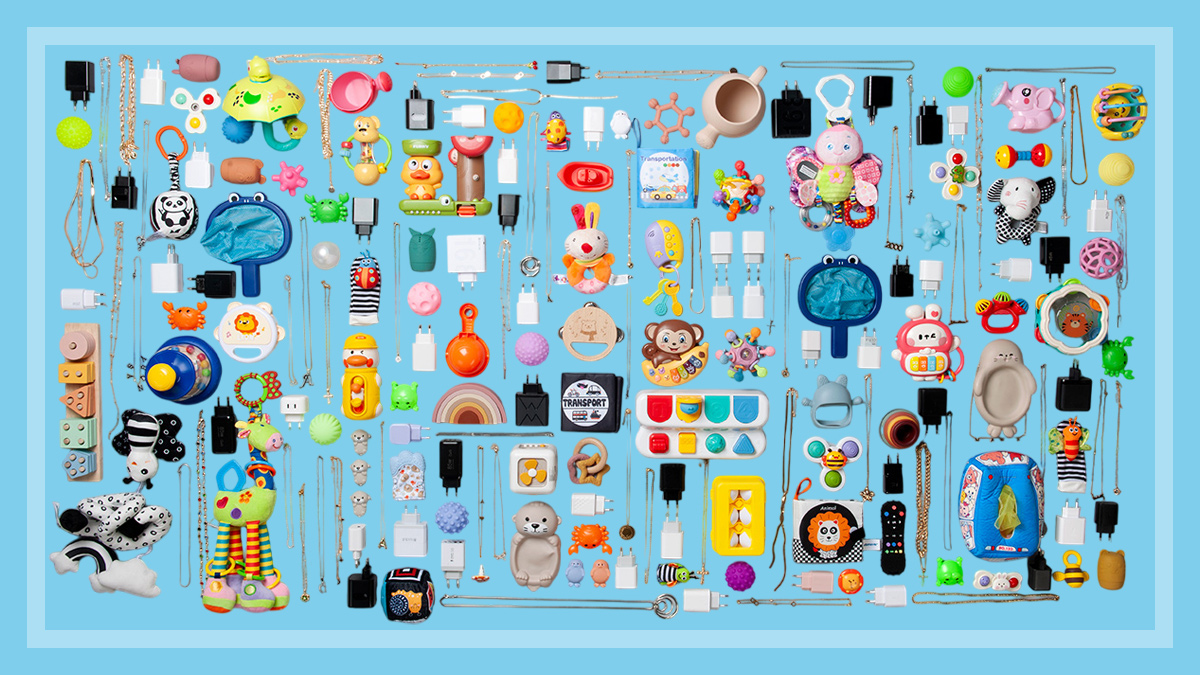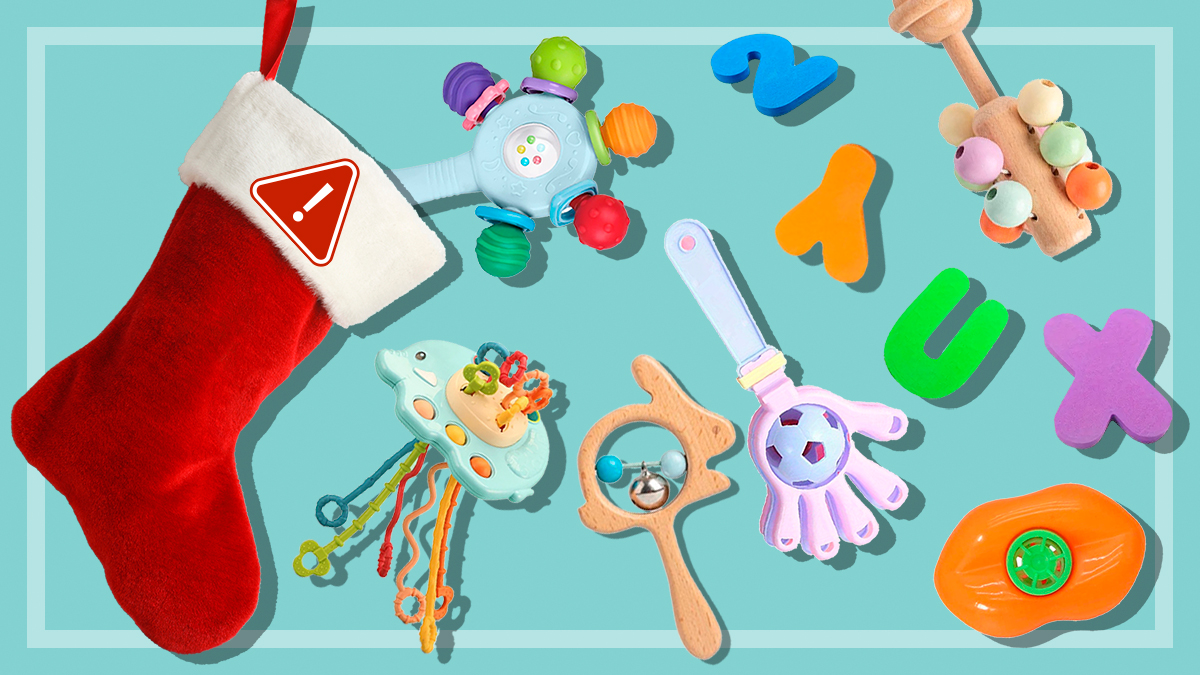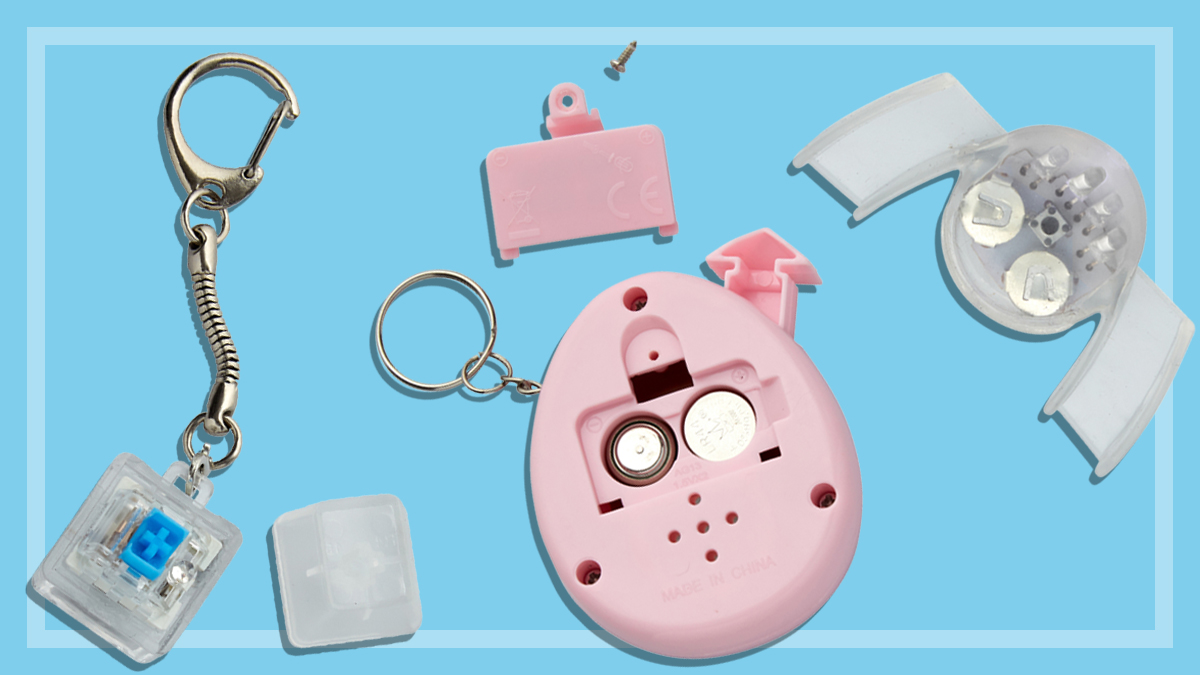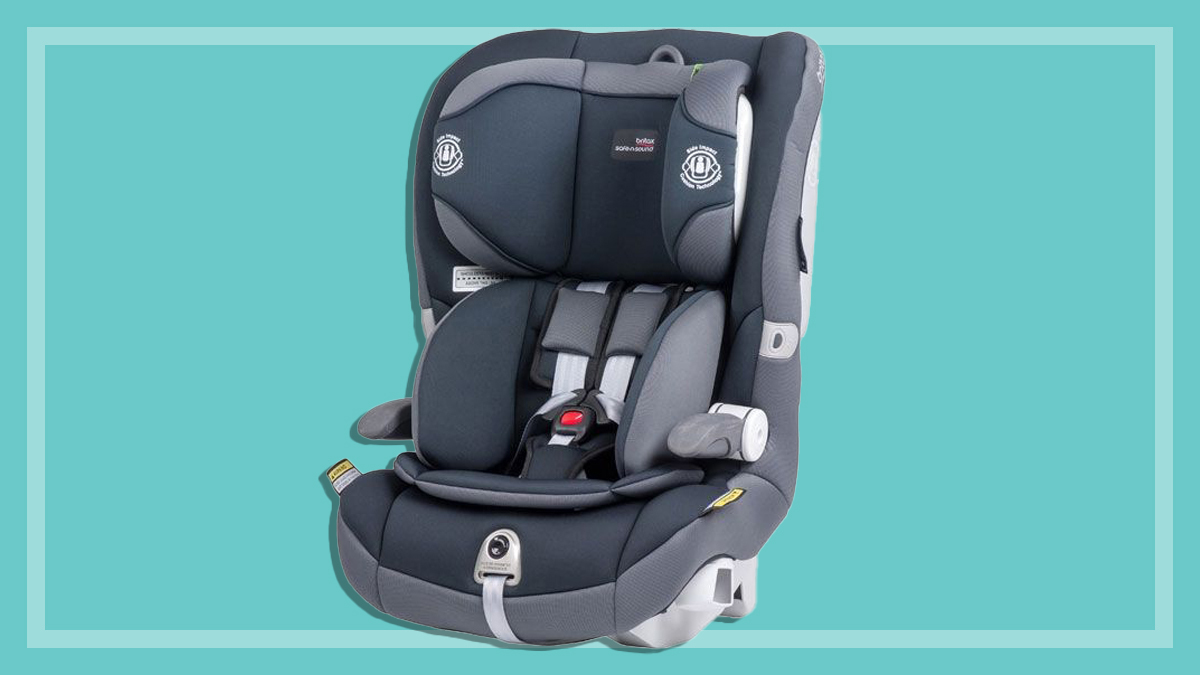How to buy the best double stroller or pram
A guide to no-fuss wheels for two.
Last updated: 17 Jun 2025
So you’ve won genetic bingo: twins! Or maybe you just have a baby and a toddler close in age. Either way, when you have double trouble and half the time, you need a double stroller or pram that will do its job safely, efficiently, and with minimal fuss.
On this page:
There are four main types of prams or strollers for those needing one set of wheels for two kids:
- side-by-side
- tandem
- single-seaters with an additional seat attached
- wagon
The right one for you is mostly a matter of personal preference. Use this guide to work out what you need, and try different types in the store — with the children in them, if possible — to get a feel for which works best.
Side-by-side prams/strollers
For two babies, two toddlers or one of each.
This type of pram has two seats next to each other. Look for one where both seats recline independently.
Pros
- It’s easier to see both bubs at once.
- Depending on the model, they’re usually better for twin newborns, as you can recline both seats fully.
- While generally much bigger than single strollers, we find some that aren’t too bulky.
Cons
- They are generally quite wide, making fitting through doorways and narrow supermarket aisles tricky.
- They’re heavy, so it can be difficult to get the pram or stroller up a step or kerb by pushing down on the rear handle.
Tandem prams/strollers
For one baby and one toddler, or two toddlers.
Tandem prams have one seat in front of the other.
Pros
- They are narrower than a side-by-side pram.
Cons
- They are long and heavy, so opening doors can be difficult.
- Getting the pram up a step or kerb by pushing down on the rear handle can be a challenge.
- It can be harder to see the child seated in the front seat.
- While the back seats generally recline far enough for babies under six months (who shouldn’t be placed in a stroller seat unless the backrest can be reclined more than 130°), it’s rare to find one with a front seat that does, making them unsuitable for twin newborns.
Single + toddler seat
For one baby and one toddler, or two toddlers.
A single-seat pram or stroller with a toddler seat attachment. You buy the stroller for your first, then add a toddler seat when child number two arrives.
Pros
- You won’t need a whole new pram.
- The overall length and width of the single pram will remain similar (though it will be bulkier and heavier).
- Many seats can be attached at either the front or rear of the pram.
Cons
- Toddler seats aren’t usually fully reclinable, so they’re not suitable for newborns.
- Safety can be an issue if you don’t load and unload your children as per the instructions – doing it in the wrong order can leave the stroller unbalanced and it may tip over.
Wagon strollers
For two babies, two toddlers or one of each
This type of stroller looks more like a wagon, where the two babies or toddlers sit facing each other.
Pros
-
They provide lots of space and carrying capacity.
- Engaging seat set-up for children.
Cons
-
Not suitable for newborns.
- Can be very heavy and bulky to carry when folded.
- They can be bulky and difficult to manoeuvre in tight spaces, especially when at full capacity.
- Can be difficult to fold
Are double strollers safe?
Unfortunately, CHOICE tests of double strollers tend to find only a small number that pass all of our safety and durability tests. But we usually find several others we think are worth considering, as they have only minor failures.
What to look for in a double pram/stroller
Size and weight
This is perhaps the biggest consideration. Measure the stroller before you buy it to make sure it fits into your car boot without needing the wheels removed. They also tend to be very bulky even when folded – bear that in mind, especially if you’re planning on using public transport. Check that you’re able to lift the stroller up and down stairs and kerbs – some strollers weigh 17kg or more. When you add your precious cargo into the mix, you could be pushing 30kg or even more uphill.
Wheels
Swivelling front wheels are easier to manoeuvre, but it’s useful if they can be locked for travelling at higher speeds or over rough terrain. Large wheels tend to be better on kerbs and stairs, while inflatable ones can puncture but generally give a more comfortable ride. Before purchasing, give wheels a tug to see they don’t come off.
Brakes
We can’t overstate how important these are! Look for rear brakes on both wheels that are linked, so the left and right brakes can be activated by a single lever. Get an idea of how well they work by applying the brakes and then trying to push the handle. Check that they actively lock into position. Brakes that are foot-operated or operated by a lever on the handle mean you don’t have to bend down, but make sure you’re able to access them easily.
Adjustable backrest/seat recline
Some have an upright backrest that can also move to at least one semi-reclined position; some can be fully reclined (best for sleeping). A three-position adjustment makes the stroller more versatile. Babies under six months shouldn’t be placed in a stroller seat unless the backrest can be reclined more than 130°. A three-position adjustment makes the stroller more versatile.
Five-point harness
Two shoulder straps (attached to the backrest at shoulder level; padded ones are softer), a waist strap and a crotch strap, with adjustable length (kids grow fast!). The waist straps in particular should be securely linked to the stroller’s frame, so they can’t lean out and tilt the stroller. Give the harness a tug to check that the seat doesn’t pull away from the frame. The straps should be easy to adjust and the buckles easy to use (for you, not your child). Look for buckles that won’t slide off the strap, and that when undone leave no closed loops in the harness (they’re a strangulation risk).
Footrest
A footrest reduces the chance of injury from your child’s feet touching the ground or getting caught in the front wheel.
Front bar
A detachable bar your child can hold onto. They’re usually not secure, so don’t use them to lift the pram.
Removable capsule
Some prams or strollers come with removable capsules, which convert into car seats so you don’t have to wake your baby up when shifting between pram and car and back again. Not all are suitable for newborns, so check before you buy.
Storage
A basket or tray under the pram is useful for carrying things like nappies, baby food, clothes and your handbag. It shouldn’t be loaded beyond its weight limit (usually about 5kg) or the pram may become unbalanced and unsafe.
Note that we’ve seen some models where basket size may be impacted if your double stroller is a tandem style, or one that incorporates an additional seat underneath.
Platforms
Platforms clip or bolt to the rear of your pram and give an older toddler a place to stand while you push it. They can be a good way to give a child a chance to rest when they’re tired of walking, or just a fun ride to make outings more enjoyable. But make sure your bub is old enough to stand steadily while holding onto the pram frame, and check the maximum weight allowance. For longer trips, when your child is more likely to tire and needs to sit down for a long period, a toddler seat or two-seat pram is still a better solution.
Other features to look for
- Canopy
- Rain cover for wet weather
- Adjustable-height handles are handy for particularly short or tall people
- Insect cover
Double pram safety checklist
Look for certification to Safety Standard AS/NZS 2088, preferably the 2022 version, which is the latest and safest.
Check for sharp or protruding parts or ones that could pose a choking risk, and gaps that could trap fingers or limbs.
Is there a child-resistant mechanism for locks?
Is the stroller stable enough not to tip easily?
Neither child in the stroller should be able to reach any moving parts like wheels or brakes. If the pram/stroller comes with wheel guards to help prevent this, be sure to install them.
Cost
The double strollers we’ve tested range in price from $229 to $2299.
Related
Rebecca Ciaramidaro is a Content producer in the Household team at CHOICE. Rebecca writes about a wide range of children's and household products, ranging from cots and strollers to ovens, BBQs, espresso machines and electric blankets. And also grocery items such as nappies, sanitary pads and laundry detergents.
Previously at CHOICE, Rebecca worked as a Test officer in the kitchen lab.
Rebecca has a Bachelor of Science (Nutrition and Food) from the University of Western Sydney.
Find Rebecca on LinkedIn.
Rebecca Ciaramidaro is a Content producer in the Household team at CHOICE. Rebecca writes about a wide range of children's and household products, ranging from cots and strollers to ovens, BBQs, espresso machines and electric blankets. And also grocery items such as nappies, sanitary pads and laundry detergents.
Previously at CHOICE, Rebecca worked as a Test officer in the kitchen lab.
Rebecca has a Bachelor of Science (Nutrition and Food) from the University of Western Sydney.
Find Rebecca on LinkedIn.

